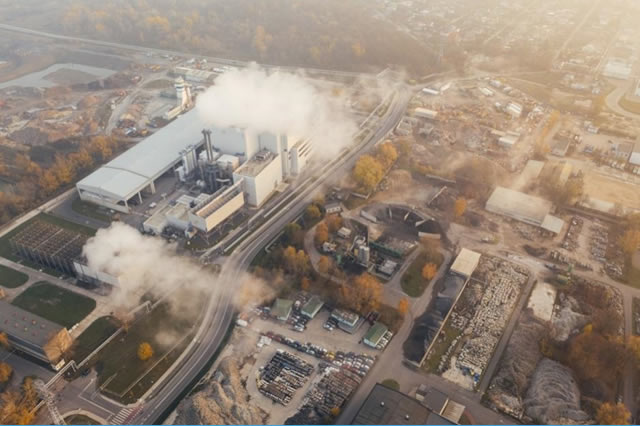
Regenerative Thermal Oxidizers for fumes from coating processes
There are many products that require coating processes in order to ensure a long life for the product. These vary from automobile to steel among thousands of others. Treatment of vent gases is a mandatory environmental regulatory authority requirement in many countries where coating vapours carrying solvents such as xylene or benzene, which are flammable and hence quite dangerous, are released by the production process. These vapours are classified as hazardous chemicals which are colorless, with a sweet odour. Xylene can cause headaches, dizziness, confusion, loss of muscle coordination and in high doses can even be fatal.
Occupational Health and Safety Management is very important for any organisation in addition to having a commitment to reducing Environmental Impacts from production processes. In today’s work place, it is critical to have a solid environmental and safety strategy in place, considering the hazards of working with paints and coatings. Exposure to toxic substances in restricted places with poor ventilation compounds the risk caused by paint and coating fumes. While an exhaust ventilation arrangement can help remove the chemicals from an immediate work place, some of these vent gases are explosive and may cause fire. A ventilation system will of course provide safety to employees working within a confined space, but it releases vapours to the atmosphere containing hazardous chemicals, some of which are carcinogenic, causing damage to the environment and to the general public.
On the other hand, a Regenerative Thermal Oxidizer (RTO) system will not only assist in exhausting paint vapours and chemicals, but will also burn them completely ensuring safety to workers inside as well as to the environment and people at large outside.
Regenerative Thermal Oxidizers are provided with an induced draught fan or a forced draft fan which pulls or pushes all the vapours with chemicals into the system. These vapours pass through a series of honeycomb ceramic beds and are initially heated by an igniter. The vapours usually have a sufficient heat value and hence they get ignited instantly by the igniter flame. The heat and temperature are maintained throughout the operation by sustaining the temperature within the combustion chamber. In the event the incoming gas has a low calorific value, the igniter automatically provides the additional heat required to maintain the combustion temperature. In this process, the travel of the vent gases is alternated between 2 or more beds, which are heated up by the outgoing gases at one time and used to pass on this heat to incoming cold gases at another. This alteration between beds take place every 2 minutes or so and is aided by very efficient and fast acting valves which open and close in 1 to 1.5 seconds.
The emissions to the atmosphere are absolutely free from any unburnt chemicals. There are limits prescribed by the authorities for these emissions throughout the world and these are comfortably met in Haat’s RTO systems.
The entire system is self-sustaining and there are practically very little operating costs.
In the interest of safety of the employees and general public, Haat suggests that every industry which produces chemical vapours and paint fumes in their coating process considers installing RTOs and helps maintain a clean environment, keeping in mind the health of generations, present and future.


